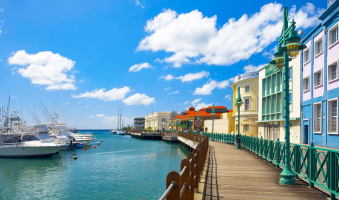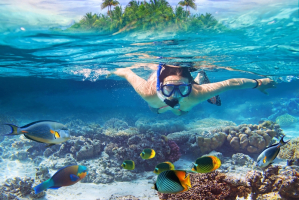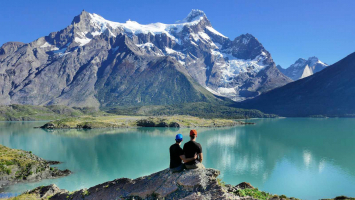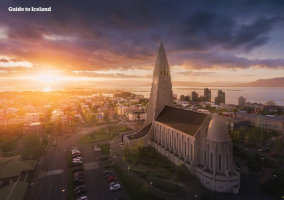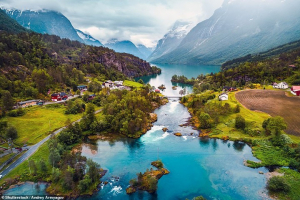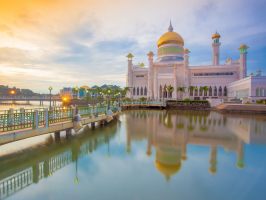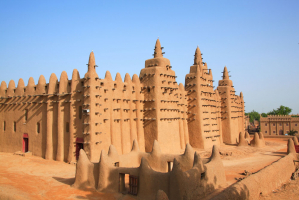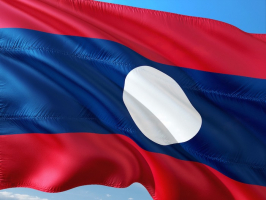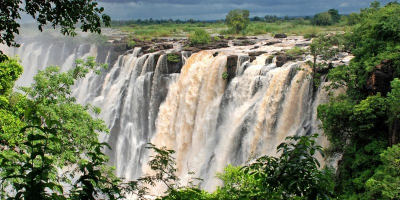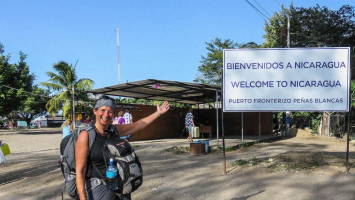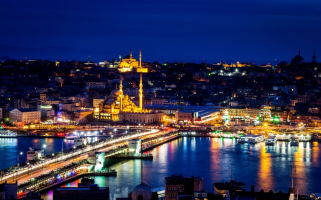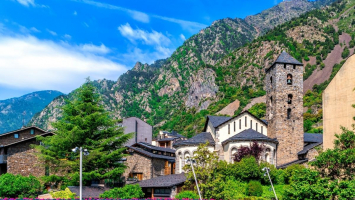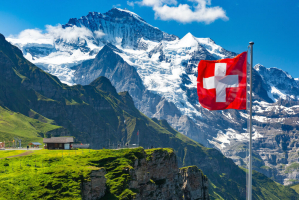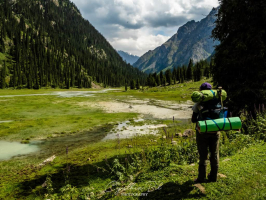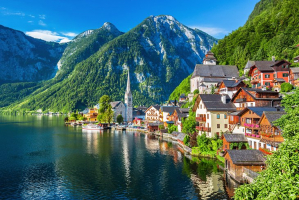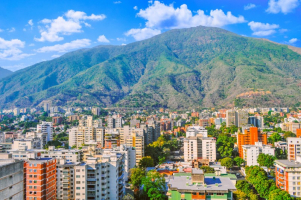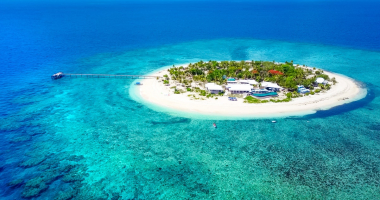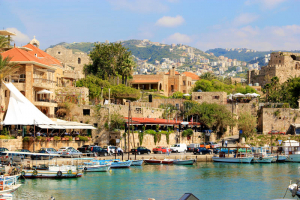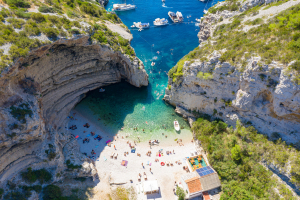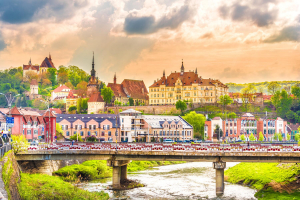Top 11 Things About Malta You Should Know
Malta is a small, calm, and one-of-a-kind Mediterranean Sea island full with delightful surprises. It's no surprise that it's one of Europe's favorite holiday ... read more...destinations, with a richness of history and culture, delicious food, and breathtaking landscape. This is top 9 things about Malta you should know.
-
First, Valletta, Malta's capital, is a UNESCO World Heritage site (yep, the entire city!) As a result, it has proven to be a fantastic location for many film and television producers wishing to create a scene in an ancient-appearing setting. Valletta is a fortified city isolated from the rest of the island by a moat, which provides for some fantastic photography. The picturesque shoreline and broad, rocky plains that make up the island's center are also good filming locations for action and adventure films, and the busy port allows for easy capture of harbour scenes.
The original Casino Royal, as well as another Bond favorite, The Spy Who Loved Me, were both shot in Malta. More recent projects include big epics like Gladiator, Troy, and Game of Thrones — basically, if customers are filming an epic with old-world scenery, there's no better place to go.
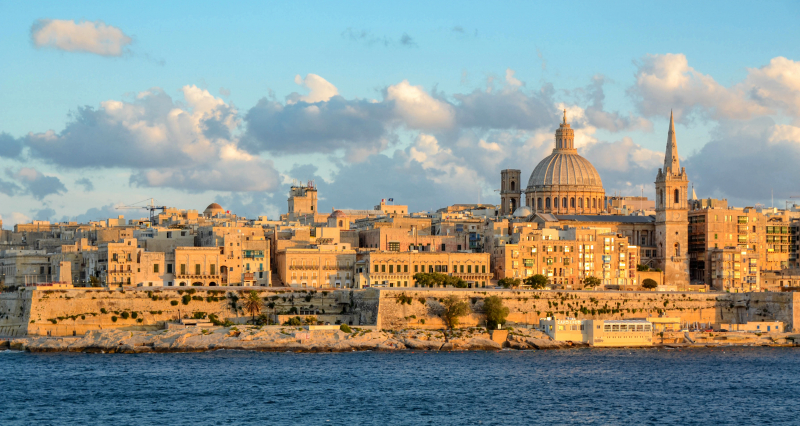
Source: en.wikipedia.org 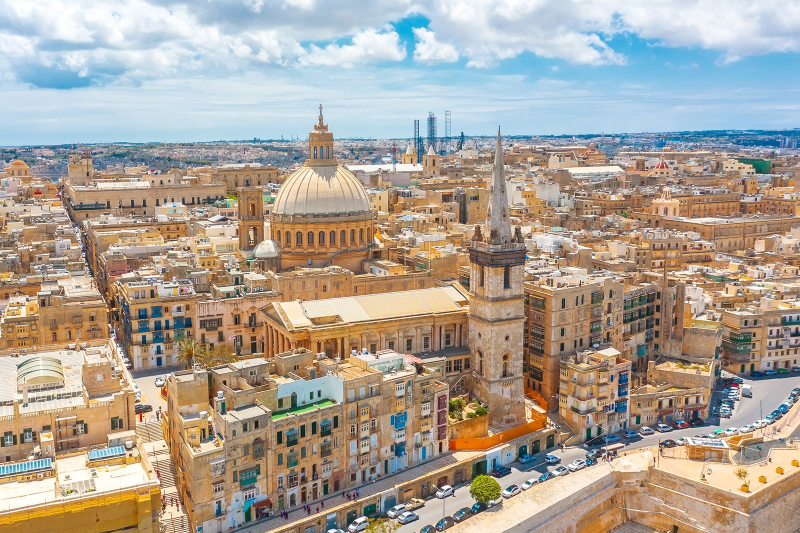
Source: hotels.com -
Malta is one of the top 10 water-scarce countries in the world. Water shortage is a feature of life in Malta and has long been a part of the country's history. The island has no permanent rivers or lakes, however tiny, ephemeral streams might form after heavy rain in the winter. While half of their water comes from traditional groundwater sources, the country is among the leaders in employing desalination technology to obtain clean drinking water from the surrounding sea.
Because of this shortage, Malta have one of the most secure public water systems in the world, as leakage is not just inconvenient but may be lethal here. Malta ‘produces’ clean water and tries to make sure that not one drop is wasted. Malta are also pioneering several water re-use programs.
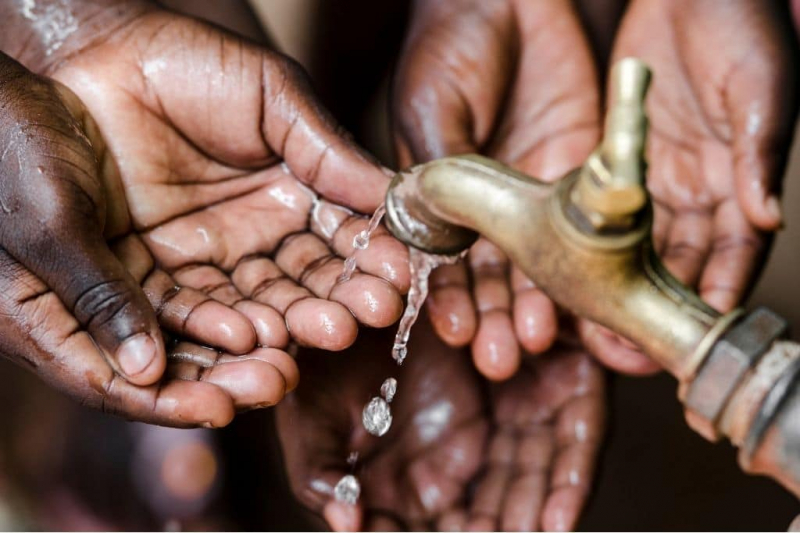
Source: earth.org 
Source: infrastructureinvestor.com -
Although the great majority of visitors visit the largest island in the chain (commonly known as Malta), the country is made up of two additional landmasses: the tiny Comino and the mid-sized Gozo.It is an island in the Maltese archipelago in the Mediterranean Sea. The island is part of the Republic of Malta. After the island of Malta itself, it is the second-largest island in the archipelago. There isn't much to do or see on Comino, so unless people are searching for true isolation or utilizing it as a diving base, people are unlikely to see it.
Gozo, on the other hand, is far less developed than Malta yet nevertheless has an excellent tourism infrastructure. The island's rustic aspect contrasts with its built-up older brother, but this is also its appeal: if you want to learn about Maltese culture, spend a day or two wandering among the fishing villages and artisan booths that make up this place.
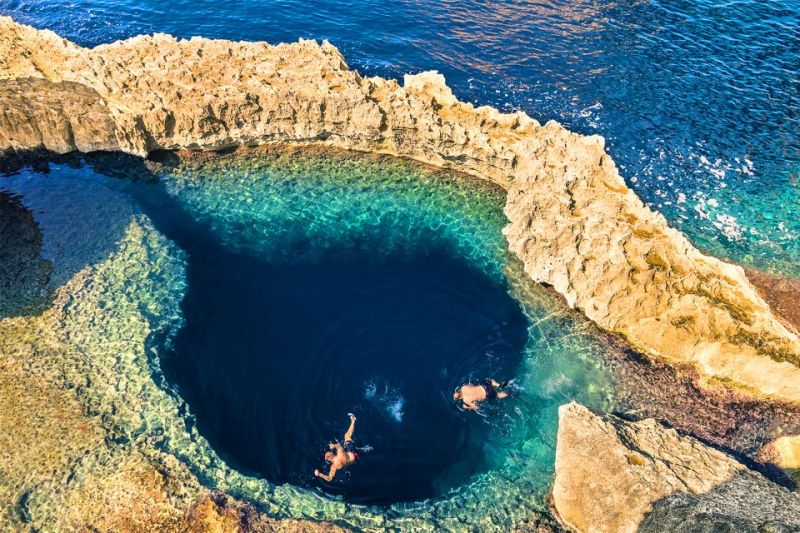
Source: dinhcumalta.vn 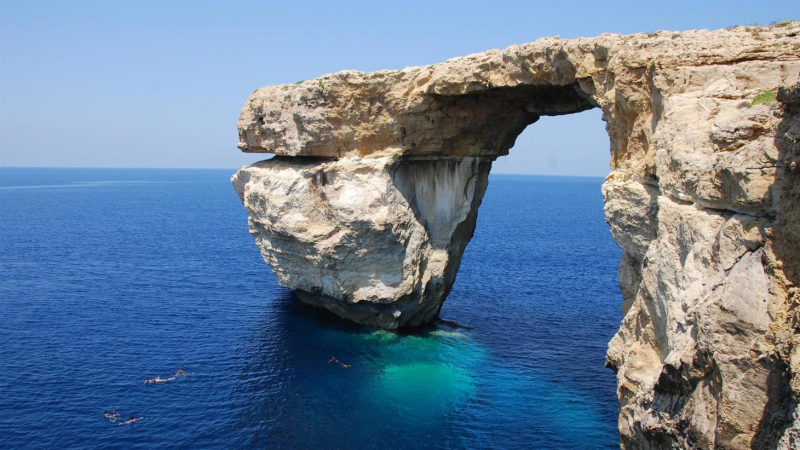
Source: agoda.com -
Between 1949 and 1952, Princess Elizabeth and her new husband resided in an exquisite estate outside of Valletta called Villa Guardamangia. Queen Elizabeth frequently reflects fondly on this period in her marriage since it was the one time she believed they could live like a 'regular' couple - although in spectacular surroundings.
The home is located just outside Valletta's outskirts and suburbs, in the hamlet of Guardamangia, at the crest of a peaceful residential neighborhood on a tiny lane. The home is characterized as being built in the style of a palace, with views of Marsamxett Harbour. The Queen refers to it as a "town house." It is a typical traditional Maltese home. The structure is made of limestone, sometimes known as sandstone and referred to as "yellow stone" by the Queen, and has wide interiors.
The mansion isn't far from the capital's center, but if people are a Royalist with a few million to spare, people can do better — the property was up for sale in 2019. So, if people want to live the life of a Princess, Malta is the place to go!
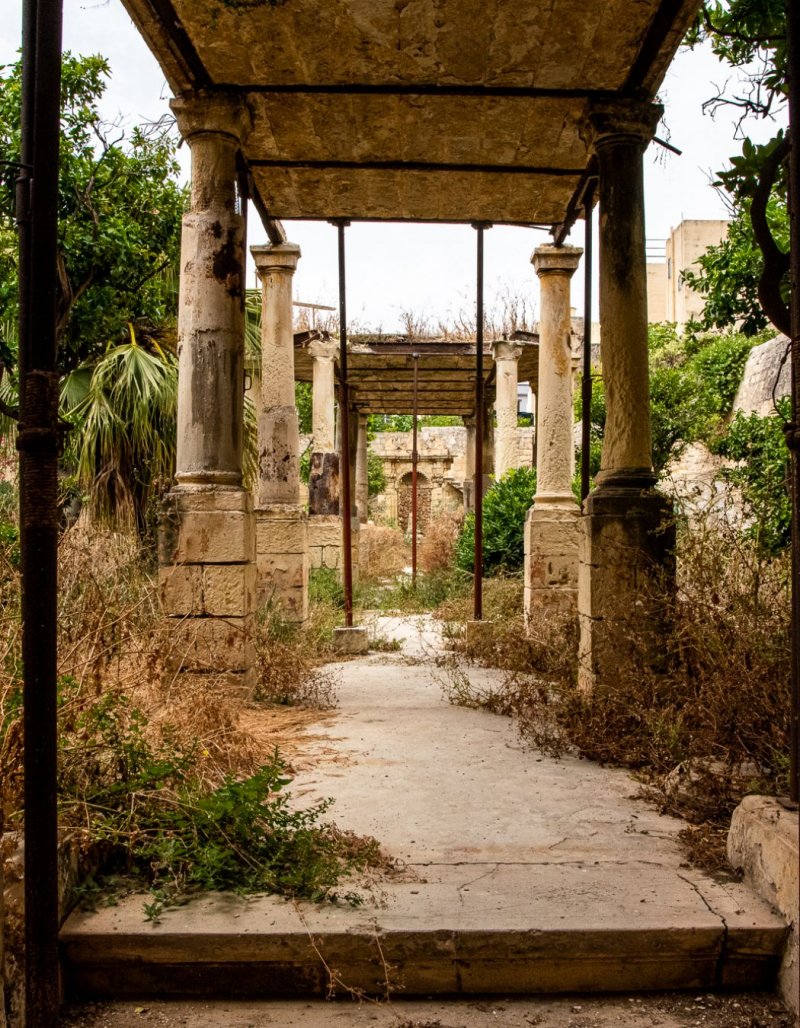
Source: heritagemalta.org 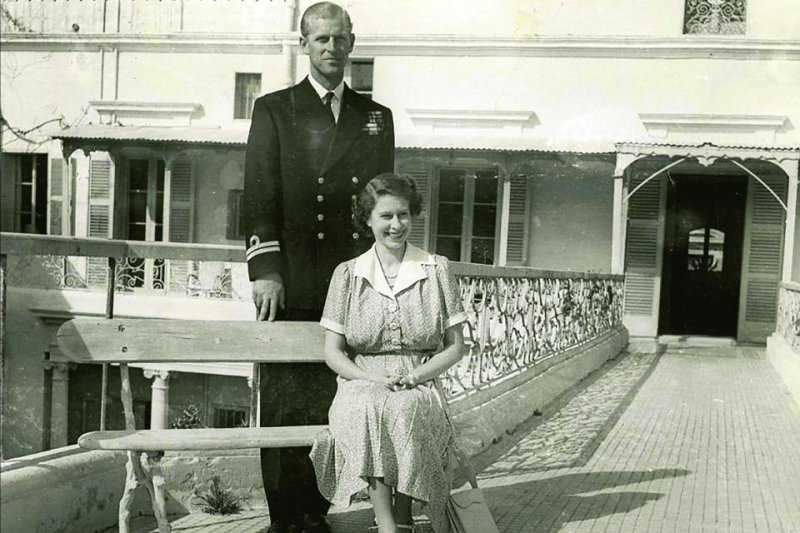
Source: heritagemalta.org -
Malta's Christian past is difficult to overlook on any visit to the island, and there seem to be more churches than people at times. While this isn't precisely accurate, there are 359 chapels, cathedrals, and basilicas scattered around the country.
With 359 churches, cathedrals, and chapels strewn over the Maltese Islands, the Maltese people's devotion is visible wherever you go. These buildings of worship were the absolute core of everyday life in every hamlet, and the genuine timelessness of the nation's faith can be observed in the diverse architectural styles that emerged throughout the years. These magnificent and artistically crafted structures, in addition to offering insight into the Religious side of people's life, are home to a jaw-dropping assortment of frescoes, sculptures, and other creative wonders. Whether you are an art connoisseur or not, the countless Caravaggio paintings that grace the majestic walls of Valletta's Co-cathedral will leave you speechless.
While many of these churches are old, stone, and magnificent, there are also those that are more contemporary and less appealing. The most recognized is arguably the Basilica of Our Lady of Mount Carmel in Valletta, although there are several more spectacular structures outside of the city as well.
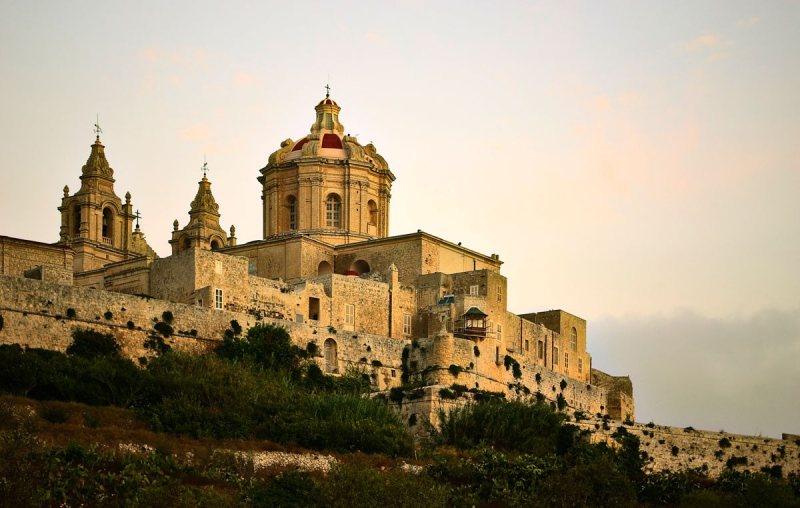
Source: ineews.eu 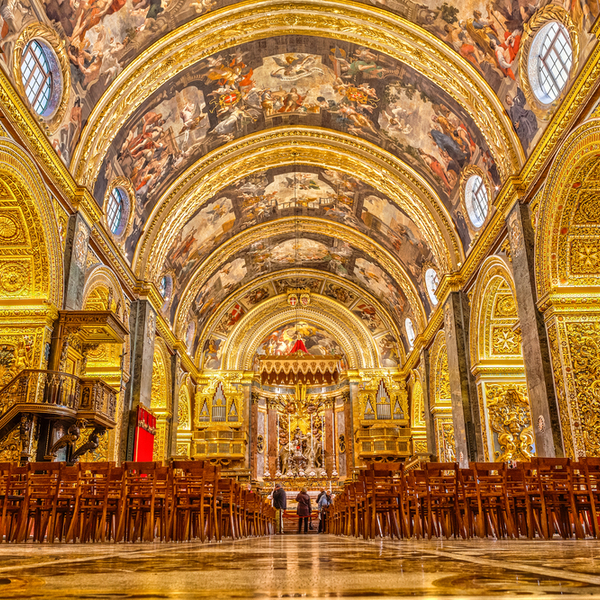
Source: orbzii.com -
Malta has the largest concentration of protected sites in the world, with three UNESCO World Heritage sites crammed into a little space of this already diminutive nation. As previously said, the nation's capital, Valletta, is a must-see due to its blend of historic architectural styles, a diverse selection of churches, and lovely public parks.
Six of the country's many megalithic temples are also designated as UNESCO World Heritage sites. Many of these ancient sites are older than Stonehenge, and even those that do not have UNESCO designation are worth viewing.
The last UNESCO World Heritage site is also close to Valletta: Hal Saflieni Hypogem (also known as Hypogeum). This is a Neolithic underground complex that dates back over 6,000 years, it was utilized as a necropolis. It's creepy, cool, and must-see.
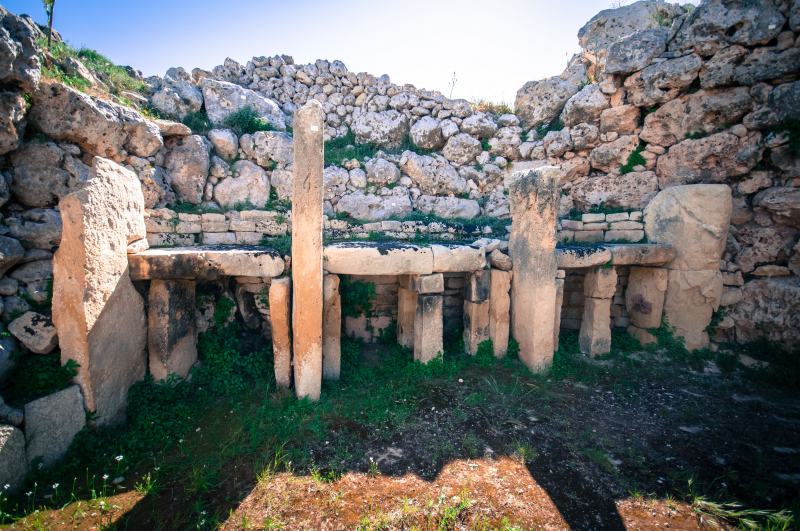
Source: vi.wikipedia.org 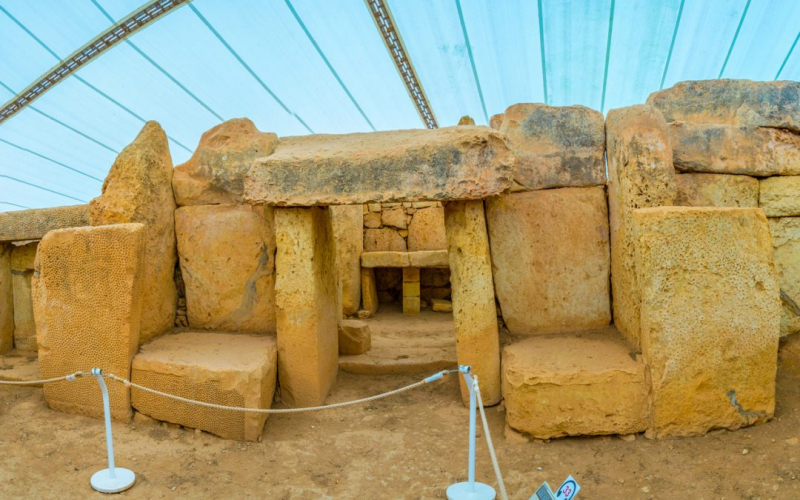
Source: welcome-center-malta.com -
While an island devoid of woods and lakes may appear to be devoid of wildlife, Malta is home to a variety of indigenous plant and animal species, particularly bugs and insects. Many of these species are endangered, but there are many more that have yet to be accurately taxonomically recognized, so people may see many more Maltese wildlife in the future.
The archipelago has more native creatures than flora, and one of our favorites is the brightly colored but little terrifying when it flies directly in front of people Maltese Ruby Tiger Moth. If people like small and cuddly creatures, the Sicilian Shrew is also native to the island country - but we wouldn't advocate taking one up.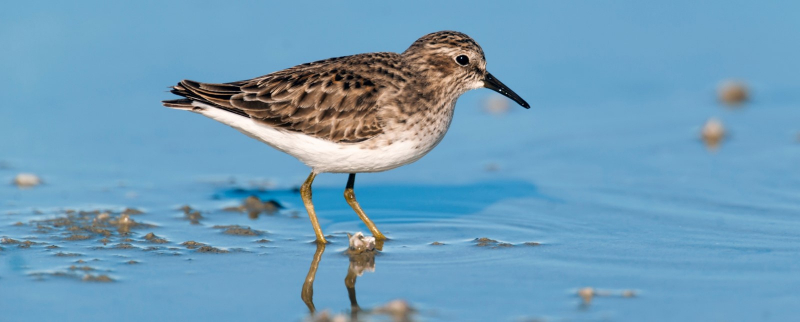
Source: corinthia.com 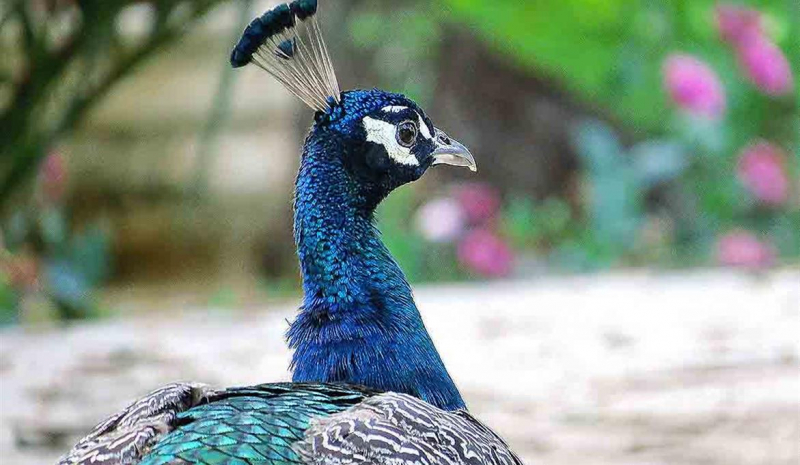
Source: maltadirect.com -
The closed wooden balcony is a prominent element of the Maltese townscape. They are almost everywhere, notably in Valletta and Floriana, as well as in all town and village centres, and come in a variety of forms, sizes, and colors. Since medieval times, open stone balconies have been a characteristic of Malta, with some of the earliest examples still standing in some areas, most notably Gharb in Gozo.,The origins of closed balconies are unknown, with some assuming a Spanish origin while others pointing to a more plausible North African influence. Regardless, they have become a Maltese institution.
The emergence of low-cost aluminum in the 1970s and 1980s was a terrible enticement for some owners to convert their aged, perhaps decaying, wooden balconies into maintenance-free aluminum boxes, which were clearly not very attractive but were cost-effective for the hard-pressed owners. Fortunately, the Planning Authority has countered this with funds for balcony rehabilitation, which has gone a long way toward keeping the unique Maltese balcony a permanent component of the urban landscape.
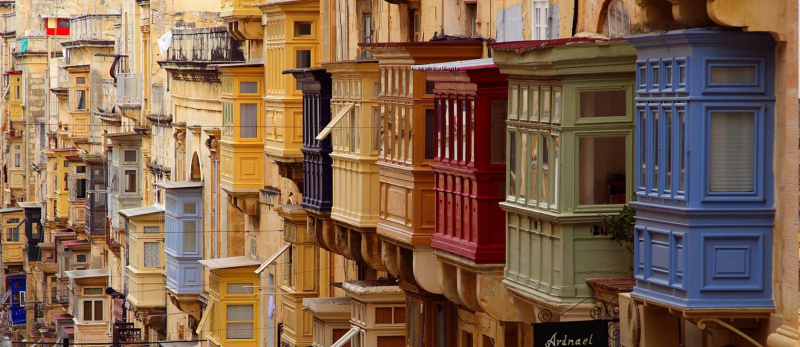
Source: pizzatravel.com.ua 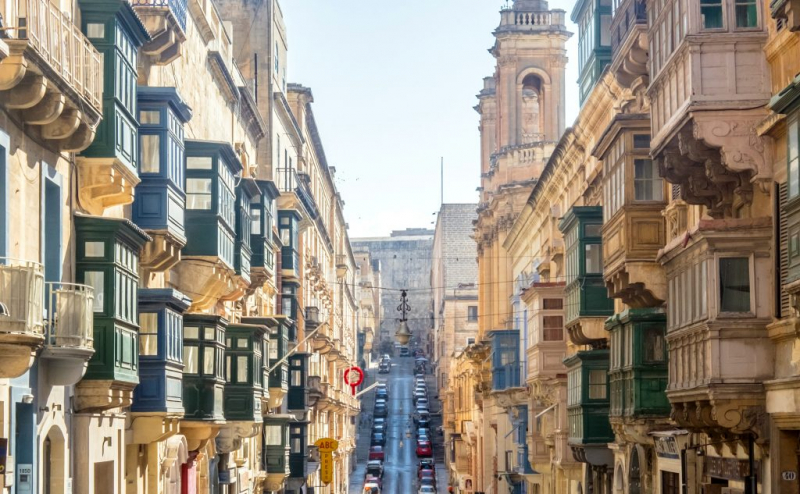
Source: thetravelingi.com -
This is without a doubt one of the most well-known films ever made in Malta. In this 1980 live-action picture, director Robert Altman reinvented the renowned spinach-eating cartoon sailor. The feature film was made in the town of Melliea, on Malta's northwest coast, and starred stars Robin Williams and Shelley Duvall.
If people want to take a journey down memory lane, people must sail through Anchor Bay while arranging the charter itinerary. Melliea was fully altered for filming, imitating the comic book settlement of Sweethaven, which is home to Popeye and Olive. The set grew incredibly intricate to accommodate both production facilities and personnel housing quarters — believe it or not, it took seven months to create. Following the completion of filming, the set was turned into one of the most famous tourist sites on the Maltese Islands, now known as "Popeye Village."
For the day, enjoy the view from the water or dock while visiting the set, being greeted by Popeye himself, and finding the merchants and activities. Whatever you choose, you will not be disappointed by the memories, the scenery, or the stunning bright blue ocean.
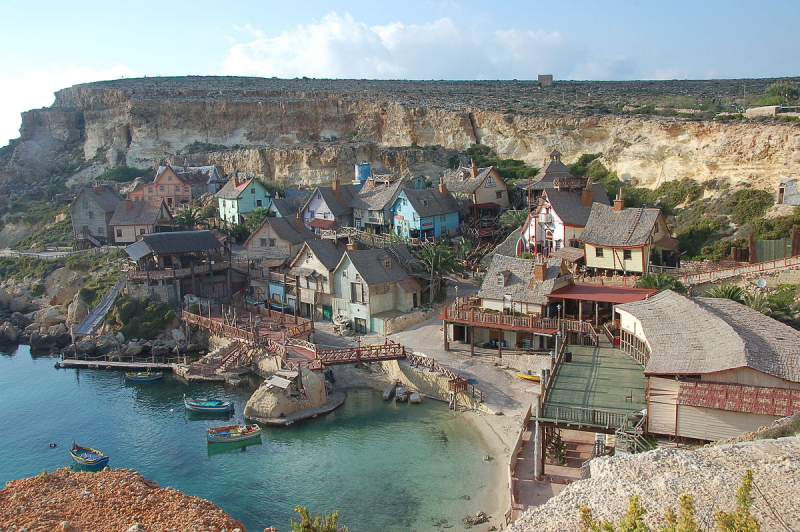
Source: en.wikipedia.com 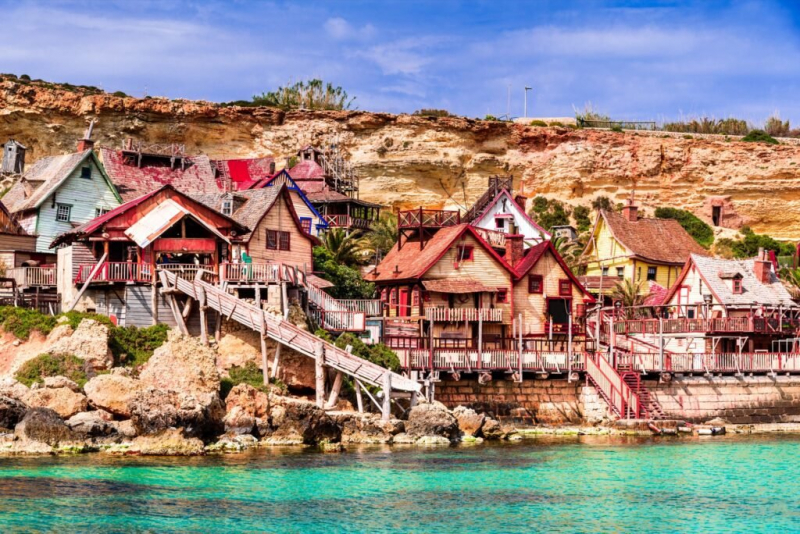
Source: travelawaits.com -
Maltese cuisine reflects the country's past, with strong Italian influences as well as Spanish, French, Provençal, and other Mediterranean influences, as well as some later British culinary influences. Maltese cuisine was exposed to outside influences as a result of needing to import the majority of its supplies, being located along significant trade routes, and having to cater to the resident foreign powers who dominated the islands. Stuffat tal-fenek (traditional Maltese stewed rabbit) is commonly referred to as the national dish.
Malta's national dish is traditional Maltese stewed rabbit, also known as 'Stuffat tal-Fenek.' It has been around the Maltese Islands since the Knights of St John, making it a cultural delicacy that adds to Malta's rich history. The meal is well-known throughout the world, popular among both locals and visitors, and is undoubtedly one of the best Maltese dishes to sample while on vacation in Malta!
This recipe for Rabbit Stew is as traditional as they come, using elements present in most Maltese recipes as well as locally cultivated veggies and spices. The many flavors of the stew's ingredients complement each other beautifully, creating a comforting dish unlike any other.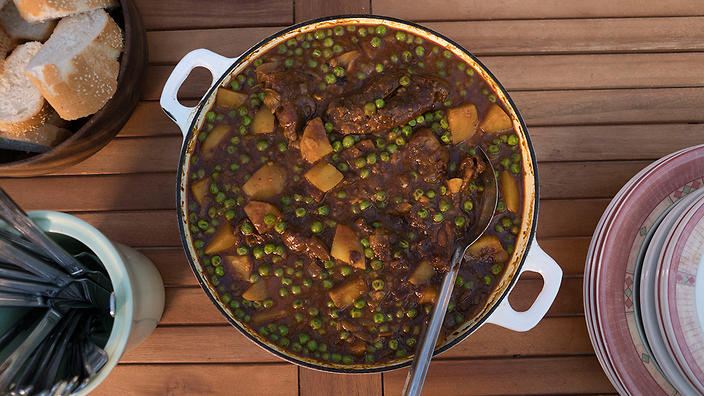
https://www.sbs.com.au/ 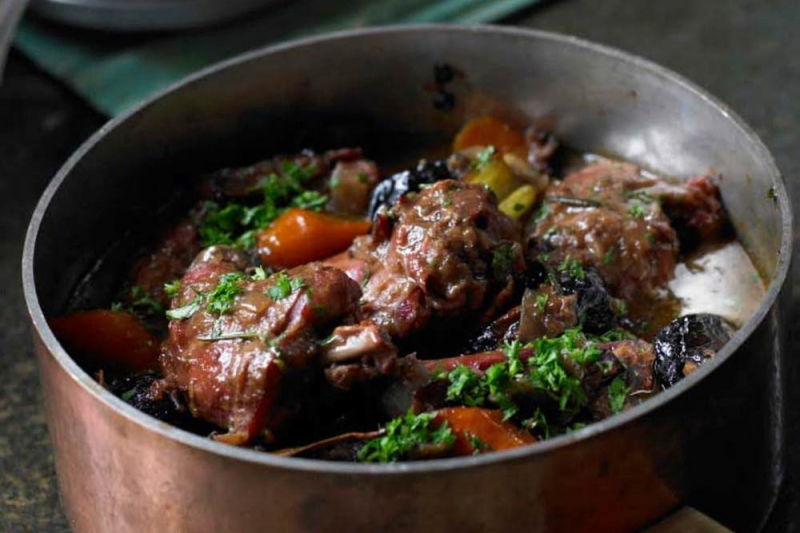
https://lapiramaltesekitchen.com/ -
Fireworks have a long and illustrious history in Malta. Pyrotechnics has a long history in Malta, dating back to the Knights of St John's Order. The Order, which was conventual, aristocratic, and military, developed spectacular pyrotechnic displays to commemorate the most important feasts. On momentous events, such as the election of a Grand Master or a Pope, or the birth of a prince, such firework displays were a statement of joy.
Cannon and musket fire must have inspired the pyrotechnics. The musketeers' salute, the feu de joie, resulted in a festive reception for every dignitary. The musketterija evolved from this, and is now a series of hundreds of cracker explosions fired in fast succession. These are attached to a string that is strung across the roof of a church or other large structure.
The Malta International Fireworks Festival is an annual event hosted by the Malta Tourism Authority and the Ministry of Tourism. This stunning event takes place in Valletta's Grand Harbour and other sites towards the end of April to commemorate Malta's entrance to the European Union on May 1, 2004. Fireworks displays made by overseas pyrotechnic firms as well as some of the top local fireworks factories are featured at the festival.
Still, fireworks making in Malta is a year-round hobby for aficionados that will enthrall thousands of Maltese and foreign visitors.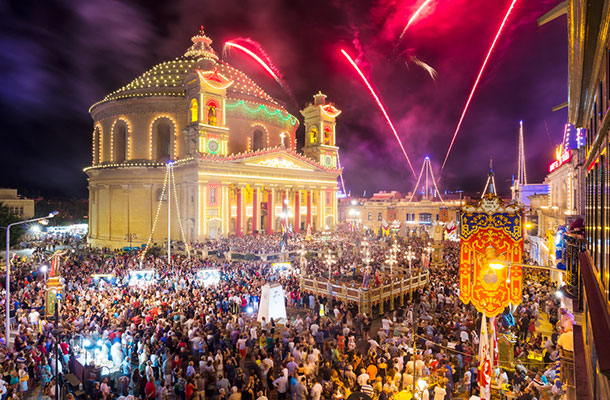
Source: World Nomads 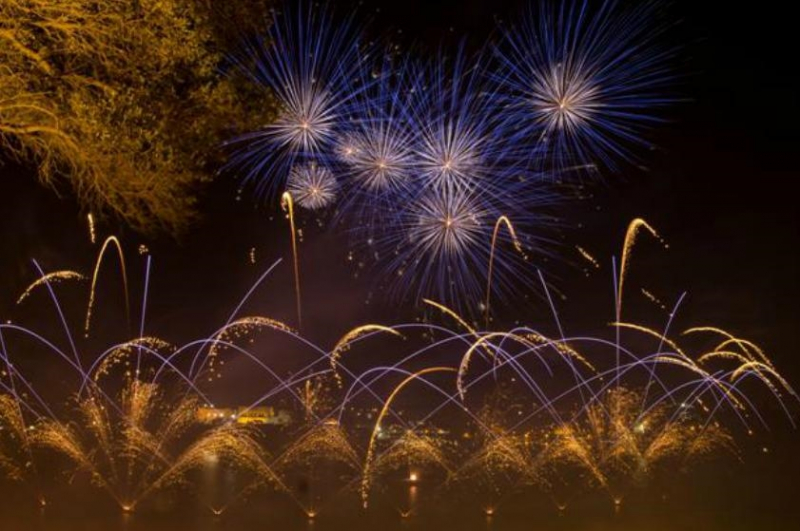
Source: Canifest













